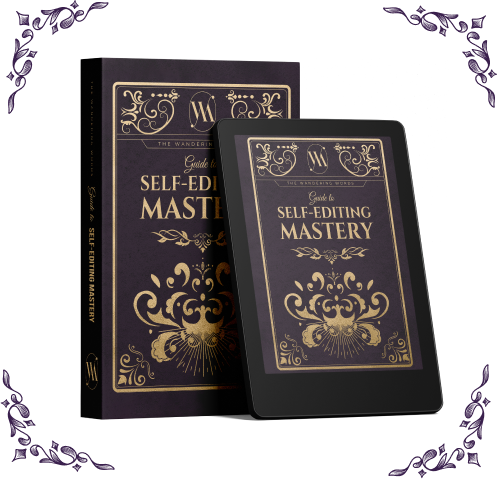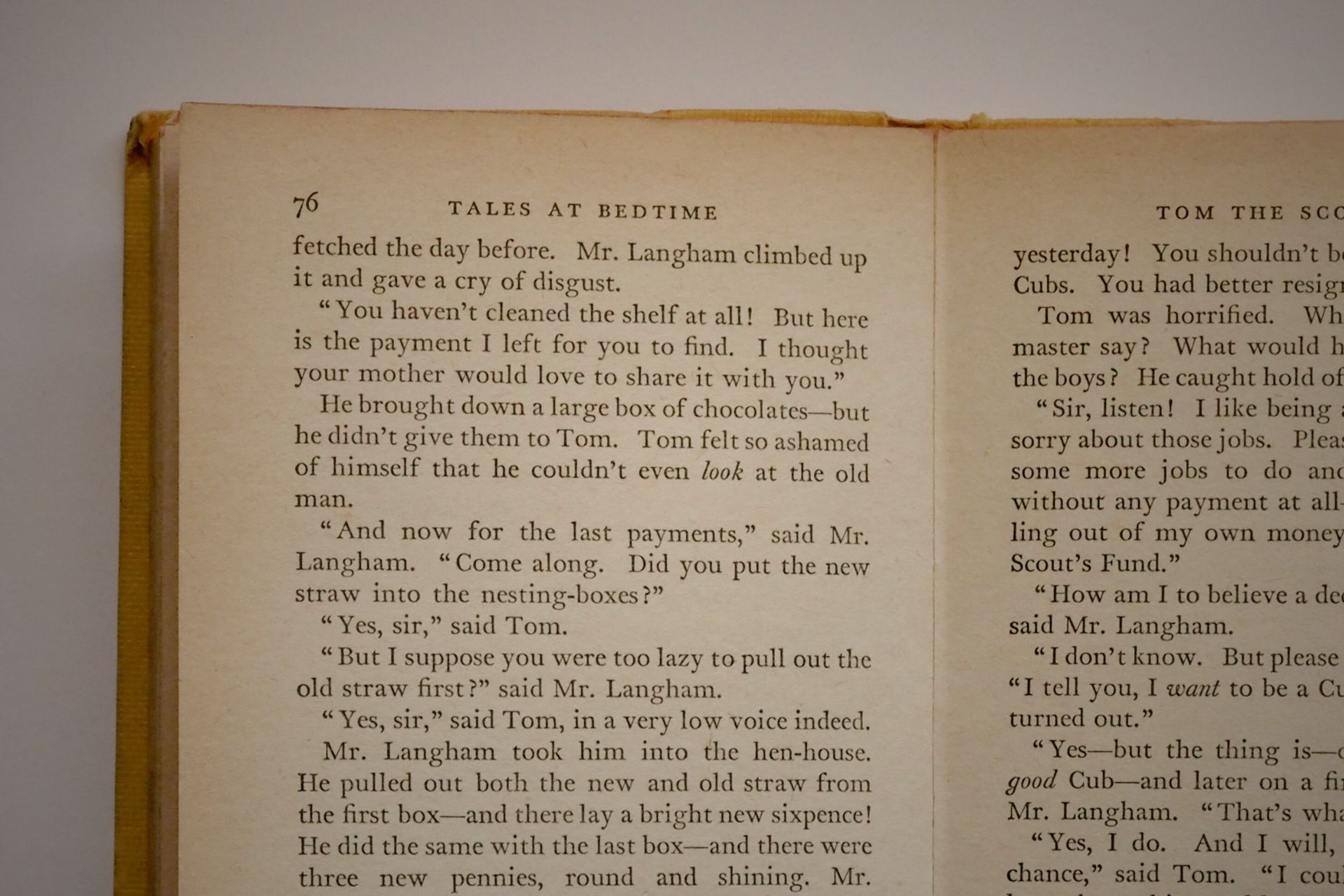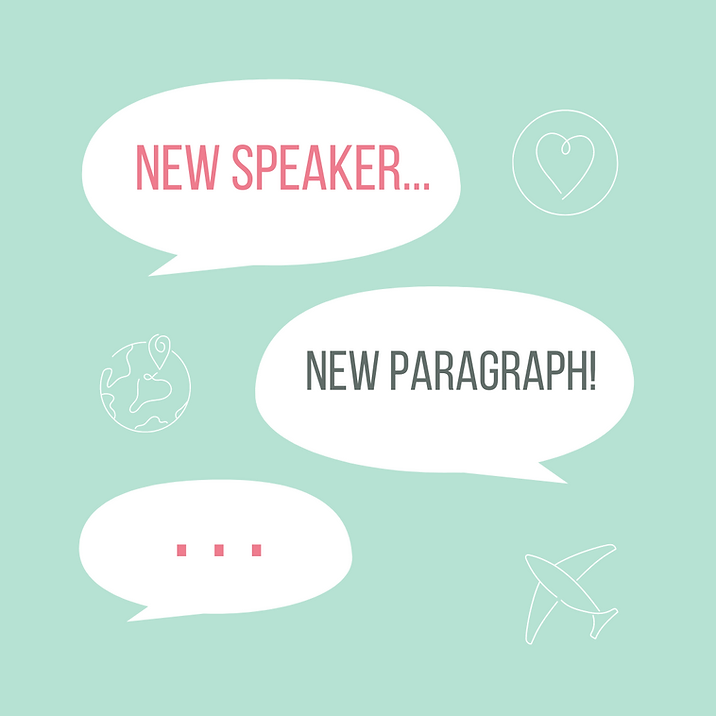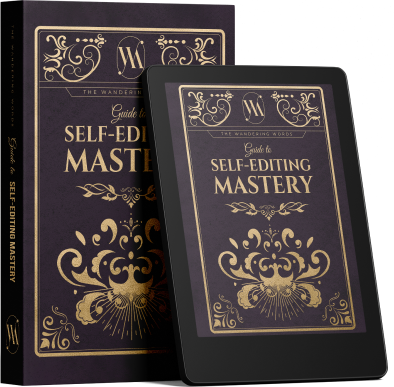Our Guide to Self-Editing Mastery has helped thousands of authors just like you:
- Pre-edit their books with ease
- Avoid the most common writing errors
- Quickly identify spelling & grammar mistakes
- Be more prepared for professional editing
Our Guide to Self-Editing Mastery has helped thousands of authors just like you:


Let’s focus on an often overlooked aspect of dialogue: how it should be structured within our paragraphs to maintain flow and clarity.
We like to throw the term “golden rule” around a lot when it comes to Writing 101. This is because each individual aspect of writing has a specific rule that needs to be followed for the rest of that area to make even an ounce of sense. When it comes to characters conversing with each other, the golden rule is simple:

This simple guideline ensures that readers can easily follow who is speaking without getting lost in a jumble of words.
First, let’s look at the most common mistake:
“Did you see what he was wearing?” Kelly asked. Joan laughed. “It looked like a clown’s outfit!” “I know!” Kelly said, smiling. “I would never go out in public wearing those colors.” “I guess there’s a reason he never made it to the big leagues.” Joan shook her head. “Bad looks?” “Bad decisions!”
See how difficult it is to keep track of who’s talking? Now, let’s look at the same example, but with a new paragraph for each new speaker.
“Did you see what he was wearing?” Kelly asked.
Joan laughed. “It looked like a clown’s outfit!”
“I know!” Kelly said, smiling. “I would never go out in public wearing those colors.”
“I guess there’s a reason he never made it to the big leagues.” Joan shook her head.
“Bad looks?”
“Bad decisions!”
By giving each character their own paragraph, we create a visual rhythm that guides the reader through the conversation effortlessly. It's like a dance, with each step leading gracefully into the next.
Something else to keep in mind is that dialogue is often accompanied by actions, expressions, or gestures that enrich the scene and deepen our understanding of the characters. It can also help the reader keep track of who’s speaking.
Let’s see what a passage might look like with minimal action:
Riley shook his head. “I don’t know about this. “It’s fine.” “What if it’s not?” “I’m telling you, this is fine. You’re making it into a big deal.” “Maybe you aren’t making it into a big enough deal!” “Neither of you are looking at this right,” Chelsea said. “Get a grip.”
It’s pretty hard to figure out who’s saying what, isn’t it? While you don’t always need a dialogue tag, longer conversations can often benefit by an action or a reaction being included.
Riley shook his head. “I don’t know about this.
“It’s fine.” Sarah didn’t look at him.
“What if it’s not?”
“I’m telling you, this is fine. You’re making it into a big deal.”
“Maybe you aren’t making it into a big enough deal!” Riley jabbed a finger in Sarah’s direction.
“Neither of you are looking at this right,” Chelsea said. She gave both of her friends an unimpressed look. “Get a grip.”
Not only does the “new speaker, new paragraph” rule help make it visually easier on the reader, but including a few “stage directions” helps the reader gain a better feeling for the scene and for the characters themselves. Plus, adding the action in the same paragraph as the dialogue makes it clear who is speaking!
At the end of the day, your dialogue might sound great, but if a reader can’t figure out who’s saying what, the impact is going to be lessened by a vast amount.
Good luck!
~K.E. Koontz

